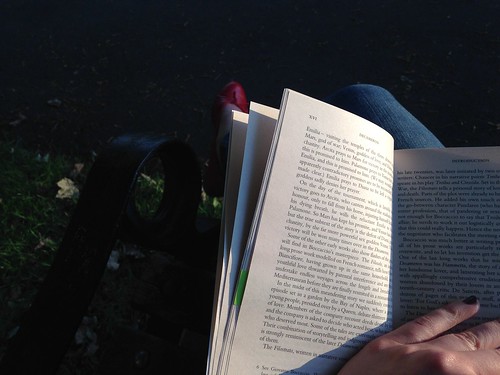Forget reminiscing about the Trix bunny and the Froot Loops toucan. I watch food adverts from 1980s Italy when I want an (un)healthy dose of industrial food nostalgia.
Italian television in the 1980s presents a complex landscape. Until the late 1970s, state broadcaster RAI held a monopoly over the airwaves. But then national lawsuits determined RAI’s hegemony prevented free speech. Local channels flourished and soon after media magnate Silvio Berlusconi launched quasi-national Canale 5, which imported American soaps like Dallas and broke them up with ample commercial breaks.
Yet while today’s viewers might groan at the incessant pauses, in the 1980s these respites represented a step toward American-style broadcasting following the dissolution of the advertising format characteristic of RAI’s programming. As Italy developed a television model in the 1950s, both the Communist Party and the Christian Democrats were concerned that replicating an American model would also promote unwanted consumerism. RAI was decidedly partisan and consequently chose to segregate commercials into a half-hour show called Carosello, which aired before evening programming began. During this half-hour companies bought spots that ran up to 155 seconds, but could only name the product in the last 30 seconds. The majority of the commercial told a story about the attributes the advertisers wanted to highlight.
Although this model was obsolete by the 1980s, its impact remained. Advertisers continued to develop stories in multi-part commercials, but these stories highlighted emotions and morals rather than product description. In this sense Italian advertising in the 1980s represents a hybrid. Spots sell modern products like canola oil and ice cream novelties, but do so in a narrative style that .
Here’s a collection of my 7 favorite food commercials from the 1980s. Some are for products that are still around, others are for products that should have never been invented. But they are all hysterical and uniquely Italian.








